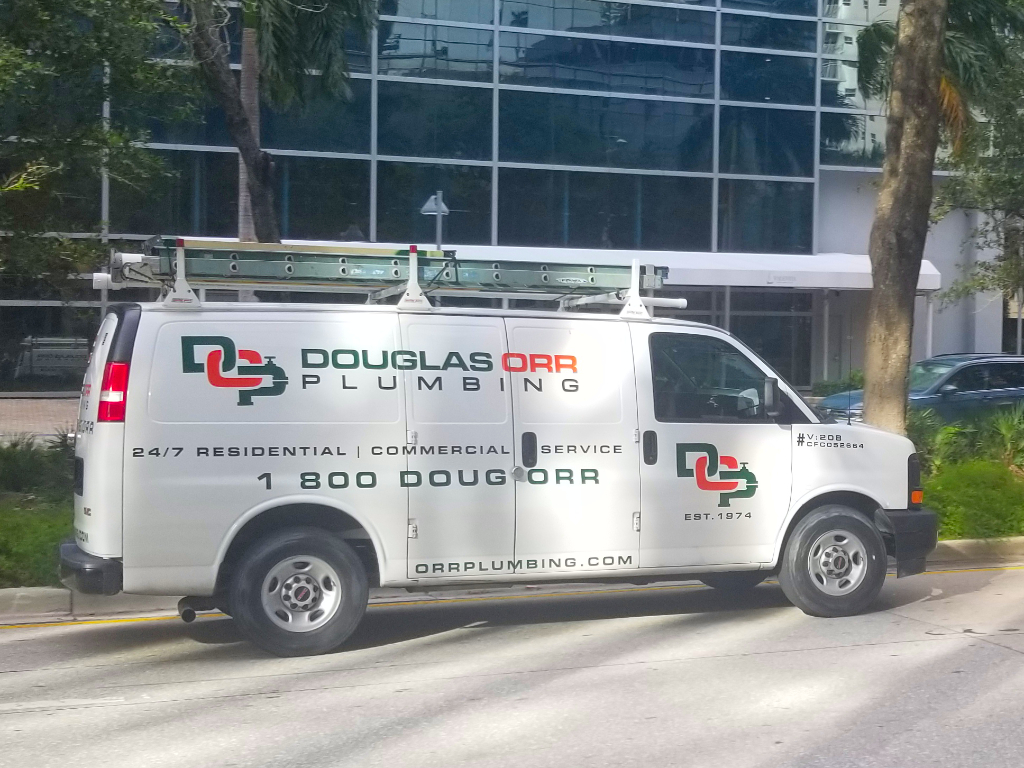Biophilic design is revolutionizing interior spaces by seamlessly merging the beauty of nature with modern…

Home Service Providers: Balance Distance, Time, Profit
Introduction to Home Service Providers and Field Contractors
The Optimal Radius for Home Service Providers: Balancing Distance, Time, and Profitability
Home service providers, also known as field contractors, offer services directly to clients at their homes or businesses. These professionals include electricians, plumbers, HVAC technicians, landscapers, and more. One crucial factor for the success of a home service provider is determining the optimal service radius for accepting work. This blog post will discuss general rules of thumb for busy urban cities, towns, and rural areas and provide examples of when it would be beneficial or disadvantageous to accept a job based on distance and time factors.
Factors Influencing the Optimum Radius for Home Service Providers
The optimum radius for home service providers depends on several factors, including population density, urban or rural settings, transportation infrastructure, and the specific services offered. Let’s discuss these factors in more detail:
- Population density: Home service providers can find more potential clients within a smaller radius in densely populated urban areas. Conversely, providers may need to travel more distances in rural areas with a lower population density to reach clients.
- Urban or rural settings: Urban areas tend to have more complex transportation networks, which can both help and hinder providers in reaching their clients. Providers may have to rely on less developed infrastructure in rural areas, potentially increasing travel times.
- Transportation infrastructure: The availability and quality of roads, highways, and public transportation can significantly impact travel times for home service providers. Efficient transportation networks can make it easier to reach clients and reduce the time spent traveling between jobs.
- Specific services offered: The type of service a provider offers may influence the optimal service radius. For example, some services may require specialized equipment or expertise in higher demand, allowing providers to travel further for jobs.
General Rules of Thumb for Service Radius in Urban Cities, Towns, and Rural Areas
When accepting work as a home service provider, the distance you’re willing to travel and the time it takes to get to the job site are crucial factors to consider. The optimal service radius may differ based on operating in a busy urban city, a town, or a rural area. This section will discuss general rules of thumb for determining the appropriate service radius for various environments.
| Service Radius | Travel Time | |
|---|---|---|
| Urban Cities | 5-10 miles | 30-45 minutes |
| Towns | 10-15 miles | Under 30 minutes |
| Rural Areas | 20-30 miles or more | Under 1 hour |
Urban Cities
In urban cities, traffic congestion and parking can greatly impact the time and cost of providing services. As a result, it’s often best to focus on a relatively small service radius. Here are some general guidelines for urban areas:
- Service Radius: Aiming for a service radius of 5-10 miles is generally a good starting point in urban areas. This allows you to maintain a manageable travel time while reaching a large customer base.
- Travel Time: Consider travel time rather than distance when accepting jobs. In congested urban environments, a position 5 miles away might take 30-45 minutes to reach during peak traffic hours. Plan your schedule accordingly and consider accepting jobs with longer distances if they can be completed during off-peak hours.
- Parking and Accessibility: Evaluate parking availability and accessibility near the job site. If parking is scarce or expensive, it might not be worth accepting a job in that area, as the added time and cost can negatively impact your bottom line.
Towns
Towns typically balance the density of urban areas and the space of the rural regions. Traffic and parking issues may be less severe, allowing you to expand your service radius slightly. Here are some general guidelines for towns:
- Service Radius: In towns, a service radius of 10-15 miles is often appropriate. This provides a balance between minimizing travel time and reaching a sufficient number of potential clients.
- Travel Time: Traffic may be less of a concern in towns than urban cities, but it’s still essential to consider travel time when accepting jobs. Aim to keep your travel time under 30 minutes whenever possible.
- Peak Traffic Hours: While towns may have less traffic overall, peak hours can still cause congestion. Be aware of these times and plan your jobs to minimize delays and maximize efficiency.
Rural Areas
Rural areas present unique challenges for home service providers due to the increased distance between clients and potentially limited customer base. Here are some general guidelines for rural areas:
- Service Radius: In rural areas, you may need to expand your service radius to 20-30 miles or more to reach enough clients. This larger radius can result in longer travel times, so planning your schedule is crucial.
- Travel Time: With increased distances between clients, travel time becomes a significant factor in rural areas. Balancing travel time with the number of clients you can reach is essential. In general, try to keep travel time under one hour, if possible.
- Client Density: Consider the density of potential clients within your service radius. Suppose there are few clients in a large area. In that case, focusing on a smaller service radius with a higher density of potential customers may be more efficient, even if it means occasionally traveling to more distant towns or urban centers.
Final Thoughts
When starting out as a field contractor or home service provider, it’s essential to recognize that there is no one-size-fits-all approach. Factors such as the type of service, local demand, and competition in the area will influence your business’s optimal service radius and travel time.
However, using the general guidelines in this blog can help you establish a service radius that suits your needs while navigating the learning curve. As you gain experience and a deeper understanding of your market, you can adjust your service radius and travel time to better serve your clients and maximize your business potential.
Remember, the key to success in the home service industry lies in balancing efficiency, client satisfaction, and profitability. You can continuously optimize your business operations and strive for growth in this competitive and dynamic field by monitoring your travel time, service radius, and client base.



